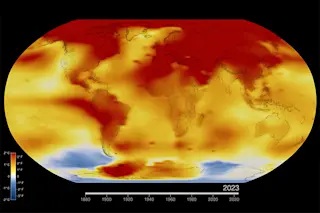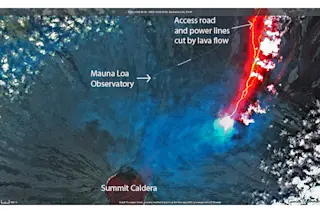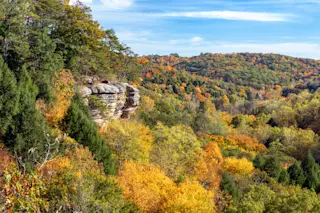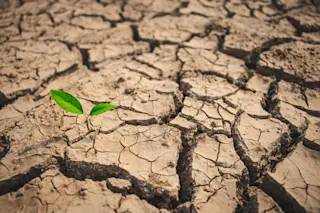What's the News: Two hundred million years ago, half of the Earth's species vanished in the blink of a geological eye, clearing the way for rise of the dinosaurs in the Jurassic. The cause of that mass extinction, a new study suggests, may have been gigatons of methane released from the sea floor after a slight rise in the earth's temperature, triggering much greater warming. And if that sounds familiar, it's because scientists are worried the same thing will happen today. What's the Context:
The primary theory as to what went wrong at the end of the Triassic period, when this extinction took place, holds that tons of carbon dioxide released during the breakup of the supercontinent Pangaea ratcheted up global temperatures to deadly levels over the course of several hundreds of thousands of years.
But these researchers' work seems to indicate that the change took place even more quickly ...













